3 Health Benefits Of Mastic Gum, What Is It, & How Much To Take
While it may promote gut health, keep an eye on its dosage to avoid complications.
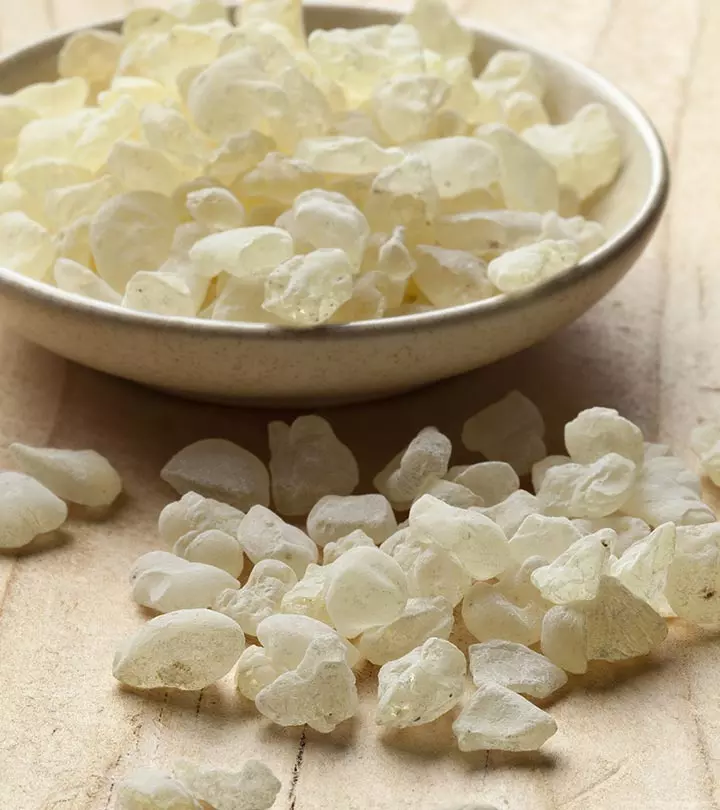
Image: Shutterstock
Mastic gum is a resin secreted from the mastic tree. This age-old remedy can help treat many digestive problems. Mastic gum benefits your health in a number of ways. It has anti-microbial and anti-inflammatory properties that help treat many ailments. The Greeks believed that this plant resin had healing effects.
It is also a part of Mediterranean cuisine for its therapeutic values, which can help treat several intestinal, stomach, and teeth problems. This article explores the potential health benefits of mastic gum and also explains how much of it you should consume. Take a look.
 Know Your Ingredient: Mastic Gum
Know Your Ingredient: Mastic GumWhat Is It?
A type of natural resin extracted from the mastic tree.
What Are Its Benefits?
May help in treating gastrointestinal disorders and dyspepsia, preventing inflammatory bowel disease, and providing protection from microbial infections.
Who Can Consume It?
Can be safely consumed in moderation by all. However, it is better avoided by pregnant women.
How Often?
The exact dosage must be confirmed after consultation with a healthcare professional.
Caution
Overconsumption may cause stomach problems, headaches, and dizziness.
In This Article
What Is Mastic Gum?
Mastic gum is a natural resin produced from the trunk and branches of the mastic bush
(Pistacia lentiscus var. Chia). This gum is produced in the form of tears when you cut the bark.
Mastic gum drips through these incisions as a clear, gummy liquid that solidifies over time. These translucent-opaque granules of mastic gum are cleaned, segregated, and processed further (1).
Traditional medicine has used mastic gum as a remedy for several gastrointestinal disorders. The Greeks believed it could treat gastralgiai A pain inside or outside the muscle walls of the stomach triggered by digestive issues, overeating, stress, or constipation. , peptic ulcers, and dyspepsia. The anti-ulcer activity of this resin is experimentally proven too (2).
 Did You Know?
Did You Know?Mastic gum also possesses proven antimicrobial and antibacterial properties. Above all, it has a potent antioxidant effect and inhibits the production and activation of pro-inflammatory compounds (3).
Mastic gum is rich in various nutrients that may improve your health. Learn more about it in the next section.
Key Takeaways
- Mastic gum is a plant resin with anti-microbial and anti-inflammatory properties.
- It has been widely used as an age-old remedy for gastric and oral health issues.
- While there are no severe side effects, being aware of the right dosage is important.
Mastic Gum Nutrition
A hundred grams of mastic gum has the following nutrients:
| Calories | 276 kcal |
| Carbohydrates | 69 g |
| Sugars | 69 g |
| Protein | 0.10 g |
It is important to note that there is limited data available regarding the nutritional profile of mastic gum. However, research suggests that mastic seed oil contains 52.4% of monounsaturated fatty acids and 21.18% of polyunsaturated acids, which may reduce the risk of cardiovascular diseases (4),(5).
Mastic gum has potential antimicrobial, anti-inflammatory, and antioxidant properties that may help fight infections and improve symptoms of inflammatory conditions (2), (6).
The therapeutic properties of mastic gum may benefit your health in many ways. Find out how in the next section.
3 Main Ways Mastic Gum Can Benefit Your Health
1. Can Reduce H.pylori Infection, Ulcers, and Inflammation
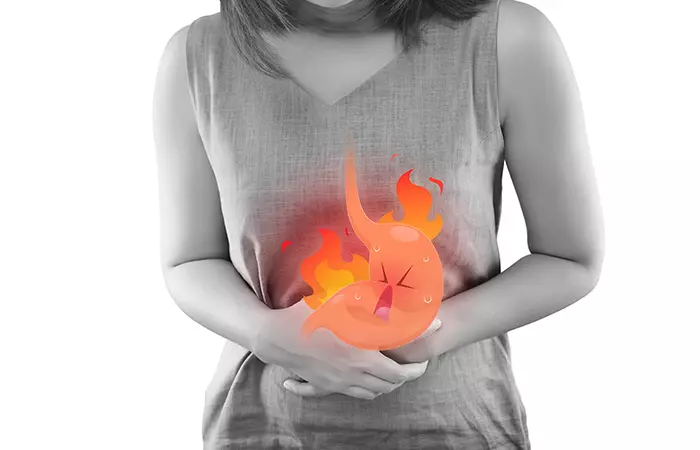
Mastic gum possesses antibacterial properties. It is, hence, possibly effective in reducing Helicobacter pylori infection. This progressive pathogenic infection can lead to chronic gastritis and gastric ulcers if left untreated (2).
Mastic gum extracts showed about a 30-fold drop in H.pylori colonization. But there’s not enough evidence backing this (2).
However, some hypothesize that this property is because of the mono- and sesquiterpenoids (essential oils) and triterpenoids (e.g., masticadienonic acid) the gum contains (1).
Also, this resin has no/minimal side effects on long-term consumption. So, the habitual intake of mastic gum might control the colonization of H. pylori in your stomach (1), (2).
Ellie, a blogger, shared her experience dealing with a H.pylori infection and how painful it was. She had tried so many methods to cure the infection, but using mastic gum supplements was one of the easiest and most effective ways to treat it. She writes, “It was the last supplement I bought, but should have been the first! Within a few days, I started to feel a difference! This is what I feel killed my H Pylori (i).”
2. Works On Functional Dyspepsia

Dyspepsia is the uncomfortable feeling or pain in the upper-middle part of your stomach. It is usually accompanied by bloating, heartburn, nausea, vomiting, and burning stomach ache.
In various studies, hydrogen receptor antagonists and proton-pump inhibitors did not improve dyspepsia. Herbal remedies like Iberogast and artichoke leaf extract showed promising results. Mastic gum is a well-known herbal alternative that can treat this condition (3).
Almost 25% of its total weight is a polymer. In an acid environment, this becomes a runny resin, which could have gastric cell-protectant effects in patients. The gum has triterpenoid acids that could have antimicrobial and antioxidant effects on these cells (3).
Dyspepsia patients treated with mastic gum showed double the improvement in the placebo group (3).
Identifying the active substances of the resin involved in fighting dyspepsia can give more clarity about its dosage and specificity.
Yes! It’s true!
- Mastic gum can also regulate hypertension. Due to its anti-inflammatory effect, this resin can ameliorate vascular stiffness and hypertrophyi A condition in which the walls and chambers of an organ, cells, and tissues thicken or expand in response to various stimuli. (7).
- In other words, mastic gum can relax the arteries and myocardial vessels. Also, rat studies propose that mastic gum can lower pressure on the heart (7).
- Due to its antimicrobial properties, mastic gum can fight oral bacteria. Chewing on mastic gum/resin can decrease plaque, gum inflammation, and dental caries (8).
- Both these areas continue to be subjects of active research, though.
- This gum is used in Greek, Turkish, and Arabic kitchens in the powder form as a food additive, in the form of sugar-containing gel as a sweetener, and as mastic oil as a sweet additive in drinks.
3. Can Reduce The Severity Of Inflammatory Bowel Disease (IBD)

Inflammation of the parts of intestines can cause inflammatory bowel disease. This inflammation can be a result of a pathogenic attack, fat accumulation, gastritis, etc. Crohn’s disease and ulcerative colitis are common forms of IBD.
Due to its established anti-inflammatory effect, chios mastic gum could make an excellent remedy in this case. It also possesses antibacterial and antioxidant activities that can help address the cause of IBD (9), (10).
In several studies, mastic gum treatment reduced the severity of Crohn’s disease. It lowered the levels of pro-inflammatory compounds in the serum, such as IL-6, CRP, and TNF-α(9), (10) .
Mastic gum also inhibited other factors responsible for the migration of white blood cells to inflamed sites (10).
Seems like mastic gum is a great go-to for all GI and excretory tract issues!
Note: For those seeking other natural remedies for the digestive system, marshmallow root benefits extend to soothing properties for the digestive tract and can be a good addition to your lifestyle.
Any idea what is/are behind such potent cytoprotective properties? Here is the answer!
What Are The Active Components Of Mastic Gum?
Mastic gum has anti-inflammatory and antioxidant activities because of a power-packed biochemical profile.
It has triterpenes of oleanane, euphane, lupine-type.
Alpha-tocopheroli A naturally-occurring type of vitamin E and fat-soluble antioxidant that helps break the chain of oxidation reactions. , polyphenols, verbenonei A natural organic compound found in plants and many essential oils and has a pleasant odor. , alpha-terpineoli A terpene alcohol used mainly as an aromatic compound in perfumes, oils, cosmetics, and flavors. , and linalool were also identified in the resin.
Triterpenes have been associated with the hypotensive effect of mastic gum. Linalool and similar compounds were responsible for its antibacterial activity (11).
 Trivia
TriviaAre you wondering how much mastic gum to take? Scroll down.
How Much Should You Take?

Ingesting or chewing mastic gum can clear your teeth, tummy, and bowel.
About 0.06 mg/ml of this resin could effectively kill H.pylori. Concentrations as low as 125 μg/ml and 500 μg/ml inhibited 50% and 90% of H. pylori strains (12).
However, it is important to note that the long-term safety of mastic gum consumption has not been thoroughly studied. Also, the ingredient’s maximum safe dosage is still unclear. Apart from a few instances of allergic contact dermatitis, there is also not much information about the adverse effects of the gum (6). Since further studies are required to help decide the right dosage of mastic gum, you may contact your physician or nutritionist to know more about this resin.
 Did You Know?
Did You Know?Infographic: Possible Side Effects And Risks Of Mastic Gum
Mastic gum is a resin that comes from the mastic tree. It offers many health benefits if consumed in moderation. However, it may cause some side effects, too. Purchase it from a trusted manufacturer and follow all instructions carefully before using it to avoid any adverse reactions. Click on the infographic below to learn more about the possible side effects and risks associated with mastic gum. Illustration: StyleCraze Design Team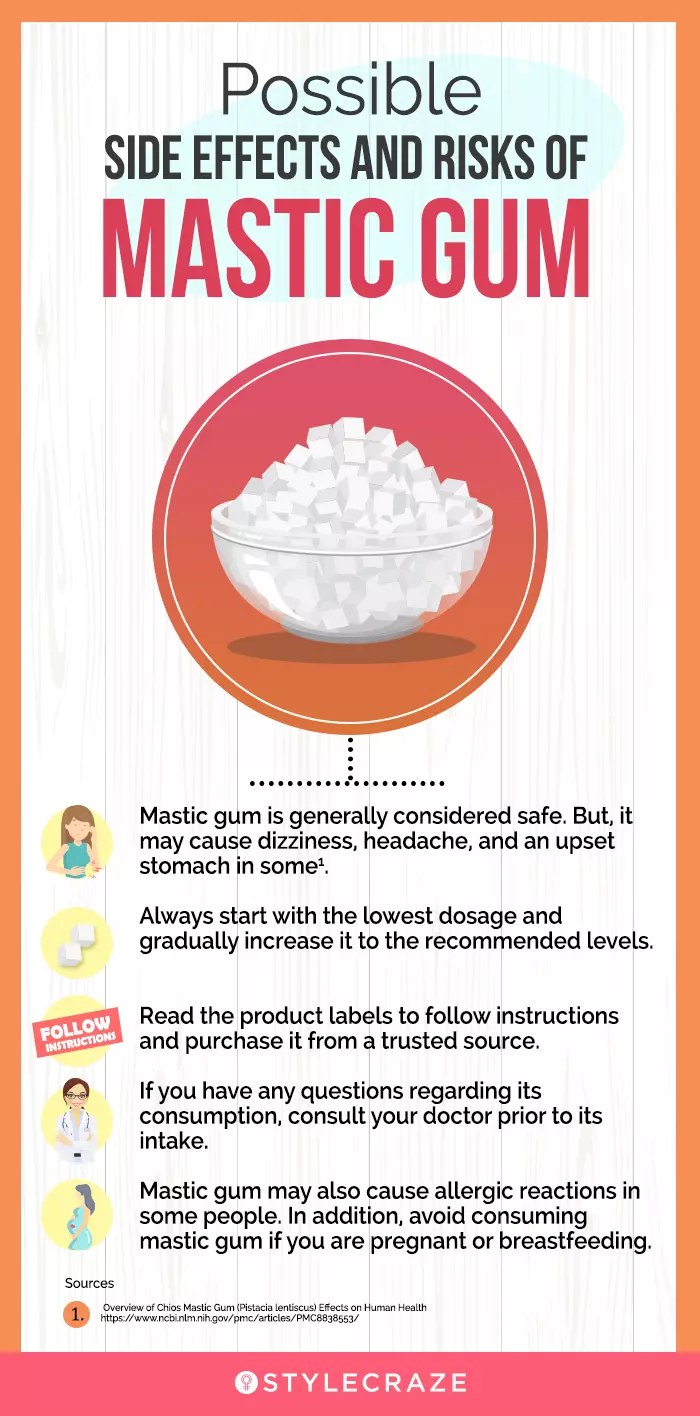
Mastic gum is a resin that helps treat many ailments. Its antioxidant, anti-microbial, and antibacterial properties are well-known. The benefits of mastic gum are many. Simply chewing this gum may aid in improving dental health, digestive health, and support the immune system. Intake of this age-old natural remedy in moderation may help reduce H.pylori infections, work on functional dyspepsia, treat stomach ulcers, decrease inflammatory conditions, and minimize the severity of inflammatory bowel disease (IBD). Hence, consume this gum in the recommended dosage levels to reap its maximum benefits.
Frequently Asked Questions
Is mastic gum good for kidneys?
Yes. Mastic gum contains antioxidants that aid kidney function.
Is mastic gum a prebiotic?
No, mastic gum is not prebiotic. But, it can improve gastrointestinal issues.
Does mastic gum lower blood pressure?
Mastic gum can reduce blood pressure in patients with arterial hypertension due to its antioxidant and anti-inflammatory properties (13).
Is mastic gum good for the pancreas?
Yes, mastic gum can improve pancreatic health. Mastic gum paired with gemcitabine may be an effective therapy for pancreatic cancer (14).
Illustration: Health Benefits Of Mastic Gum What Is It & How Much To Take
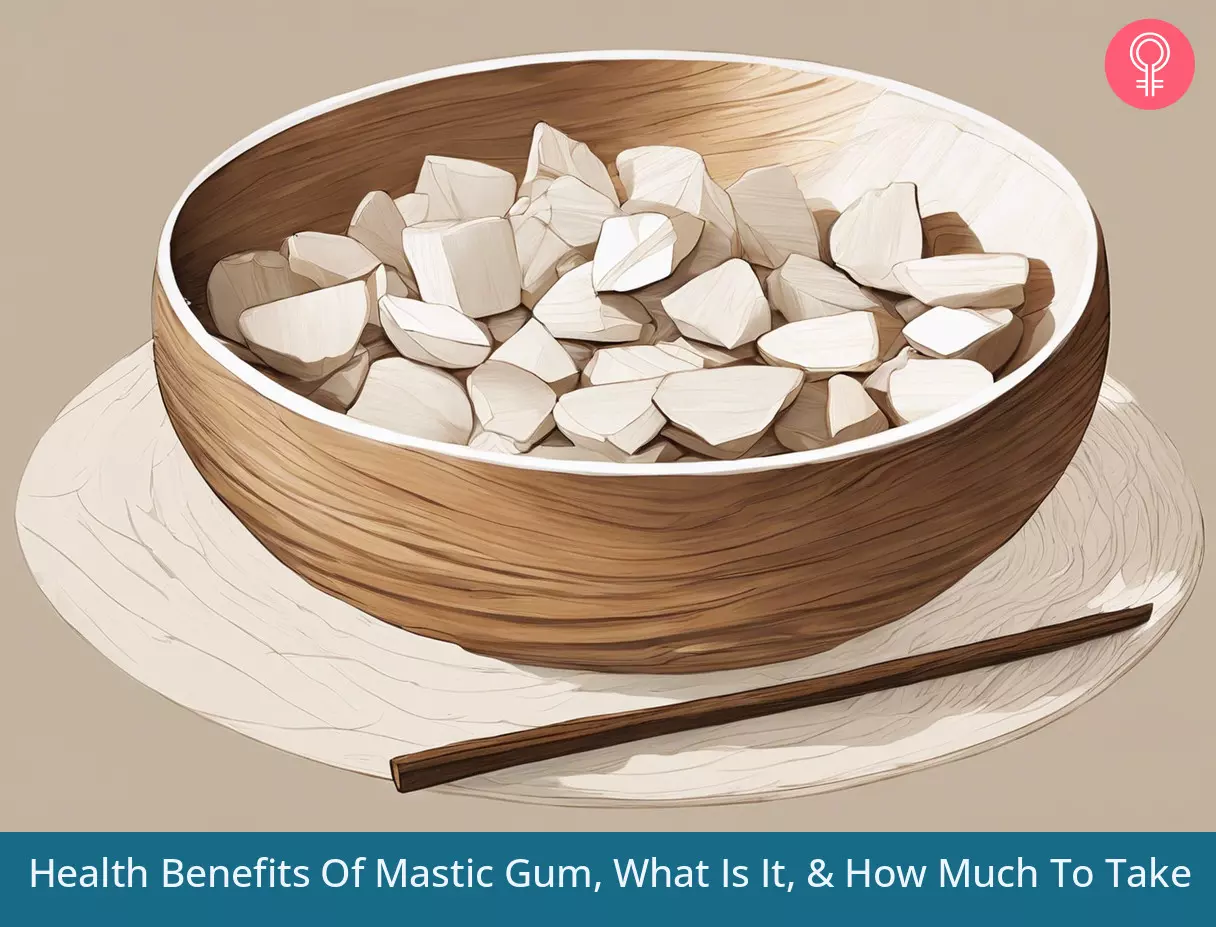
Image: Stable Diffusion/StyleCraze Design Team
Explore the remarkable probiotic benefits of mastic gum in this informative video below. Check it out now and discover its potential to enhance gut health and overall well-being.
Personal Experience: Source
StyleCraze's articles are interwoven with authentic personal narratives that provide depth and resonance to our content. Below are the sources of the personal accounts referenced in this article.
i. Supplementshttps://hpylorisucks.wordpress.com/natural-cure/
References
Articles on StyleCraze are backed by verified information from peer-reviewed and academic research papers, reputed organizations, research institutions, and medical associations to ensure accuracy and relevance. Read our editorial policy to learn more.
- “The effect of mastic gum on Helicobacter pylori…” Phytomedicine, Elsevier, Academia.
- “In Vitro and In Vivo Activities of Chios Mastic Gum…” Antimicrobial Agents and Chemotherapy, American Society for Microbiology, US National Library of Medicine.
- “Is Chios mastic gum effective in the treatment…” Journal of Ethnopharmacology, Academia.
- “Chemical composition of Lentisk..” African Journal of Agricultural Research, ResearchGate
- “Dietary Monounsaturated Fatty Acids..” PubMed, ResearchGate
- “Overview of Chios Mastic Gum..” US National Library of Medicine
- “Chios mastic gum decreases renin levels and…” Biomedicine & Pharmacotherapy, US National Library of Medicine.
- “Comparison of the Effect of Xylitol Gum- and Mastic…” Journal of Dentistry, Tehran University of Medical Sciences.
- “Chios mastic treatment of patients with active Crohn’s…” World Journal of Gastroenterology, US National Library of Medicine.
- “Herbal and plant therapy in patients with inflammatory…” Annals of Gastroenterology, US National Library of Medicine.
- “Anti-inflammatory activity of Chios mastic gum is…” Nutrition Journal, US National Library of Medicine.
- “Current knowledge on alleviating Helicobacter pylori…” Integrative Medicine Research, US National Library of Medicine.
- Chios Mastic Improves Blood Pressure Haemodynamics in Patients with Arterial Hypertension: Implications for Regulation of Proteostatic Pathways
https://journals.sagepub.com/doi/abs/10.1177/2047487318796985 - Gemcitabine Combined with Gum Mastic Causes Potent Growth Inhibition and Apoptosis of Pancreatic Cancer Cells
https://www.ncbi.nlm.nih.gov/pmc/articles/PMC4002976/#:~:text=Conclusion%3A,therapeutic%20strategy%20for%20pancreatic%20cancer - Effects of Chios mastic gum on cholesterol and glucose levels of healthy volunteers: A prospective, randomized, placebo-controlled, pilot study (CHIOS-MASTIHA) European Journal of Preventive Cardiology
https://academic.oup.com/eurjpc/article/23/7/722/5927375
Read full bio of Sarah Spann
Read full bio of Swathi Handoo
Read full bio of Ravi Teja Tadimalla
Read full bio of Aparna Mallampalli






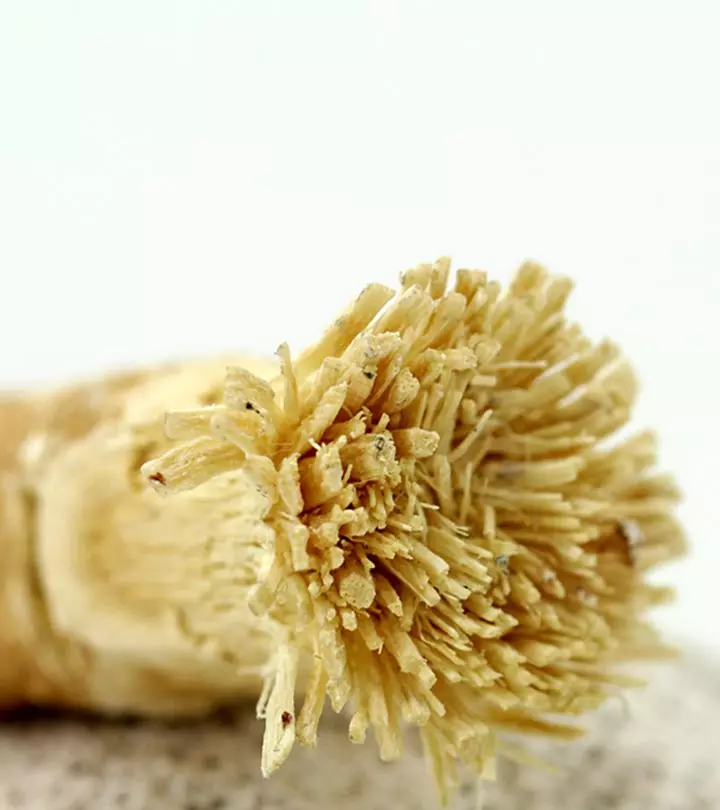
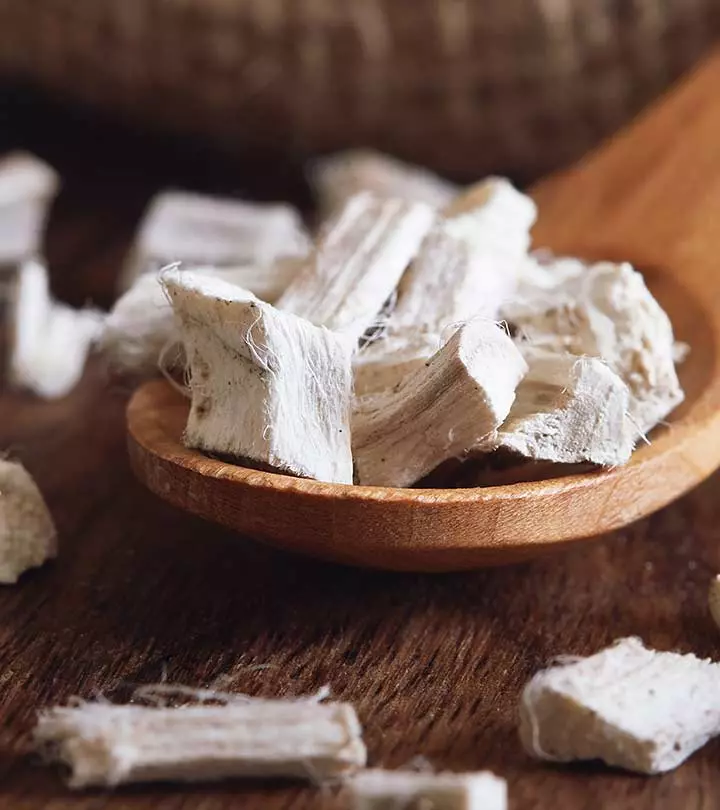





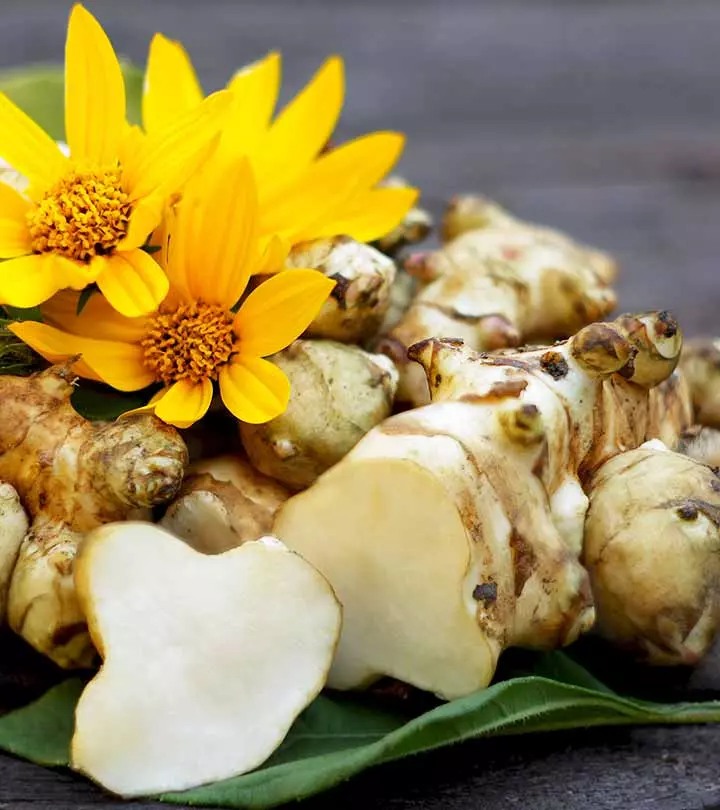

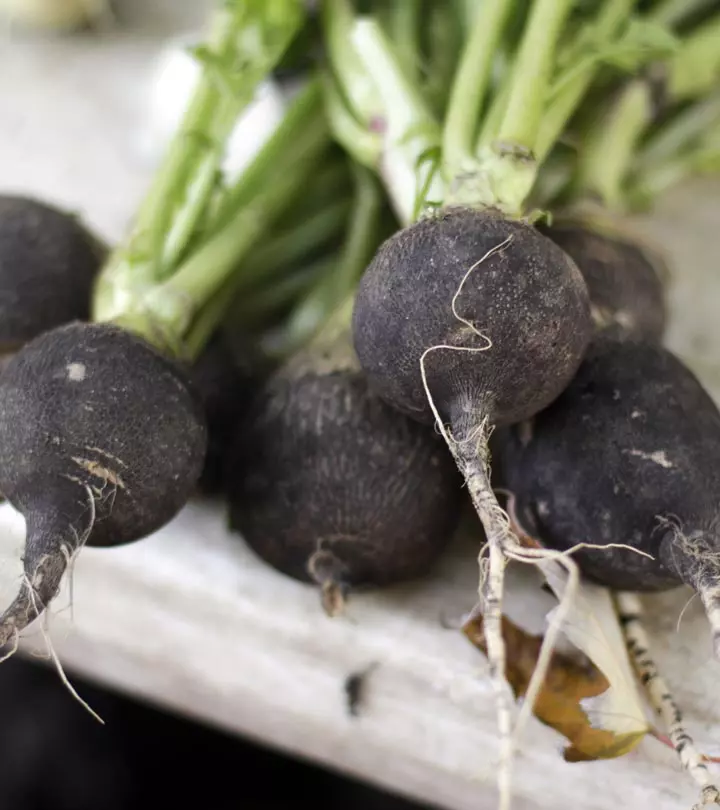
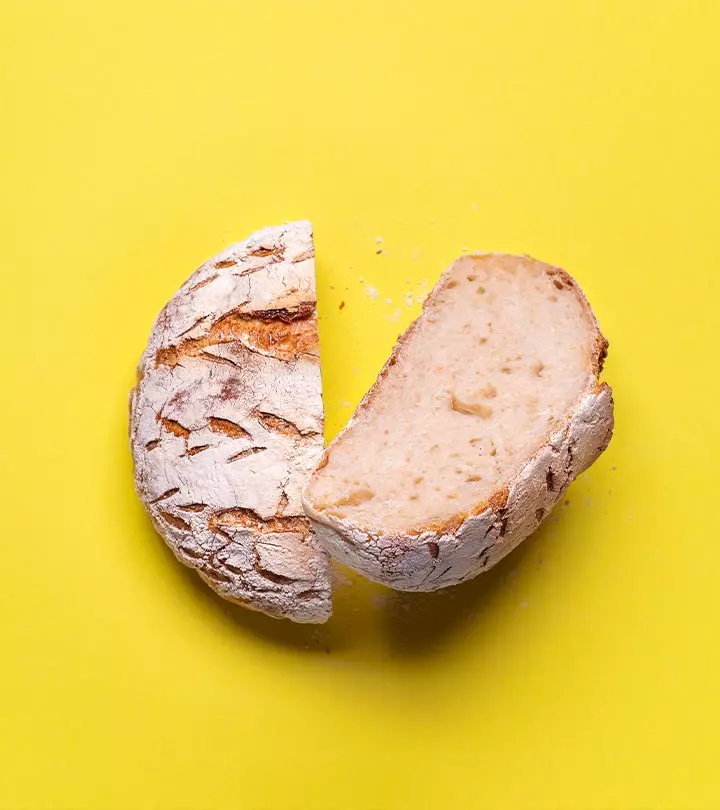

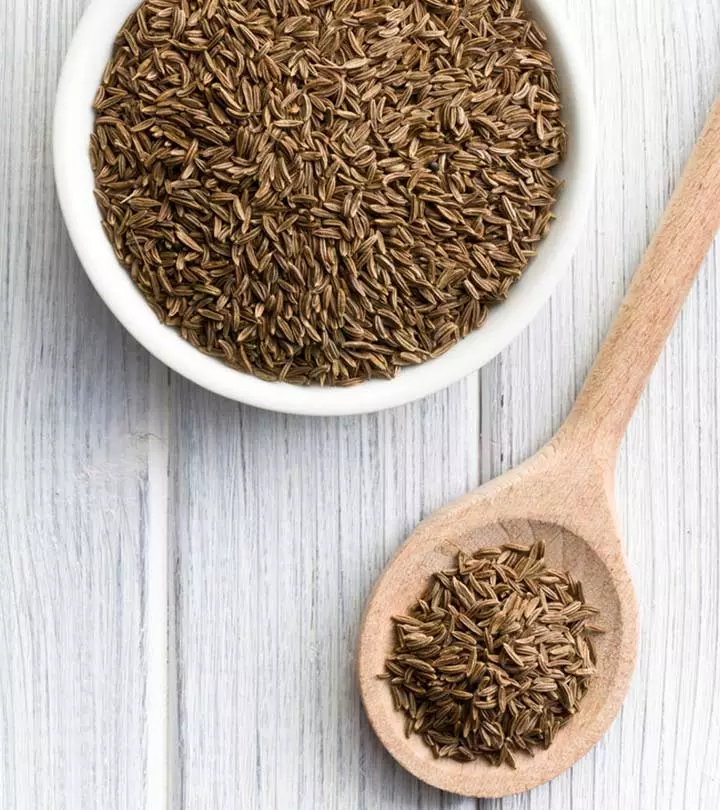
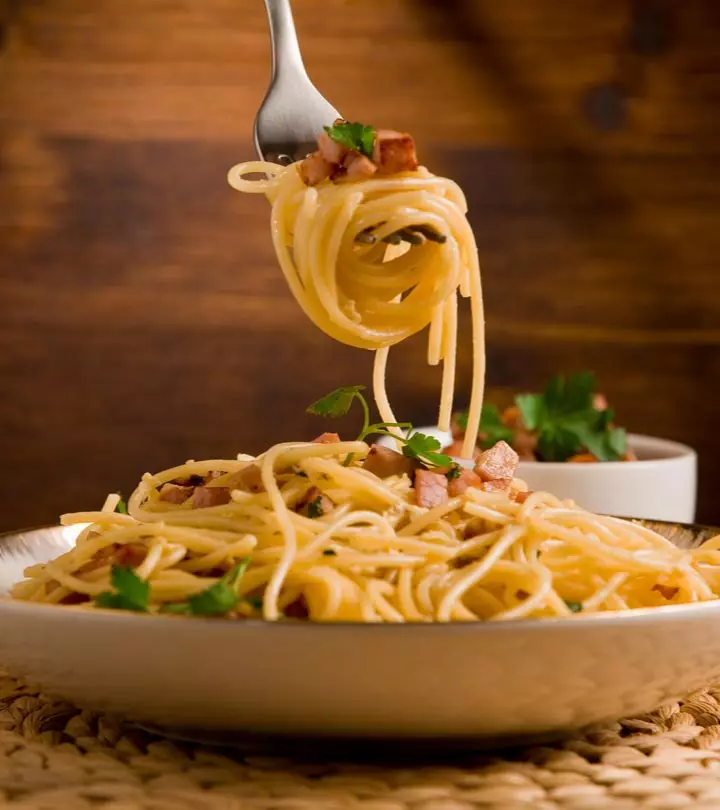

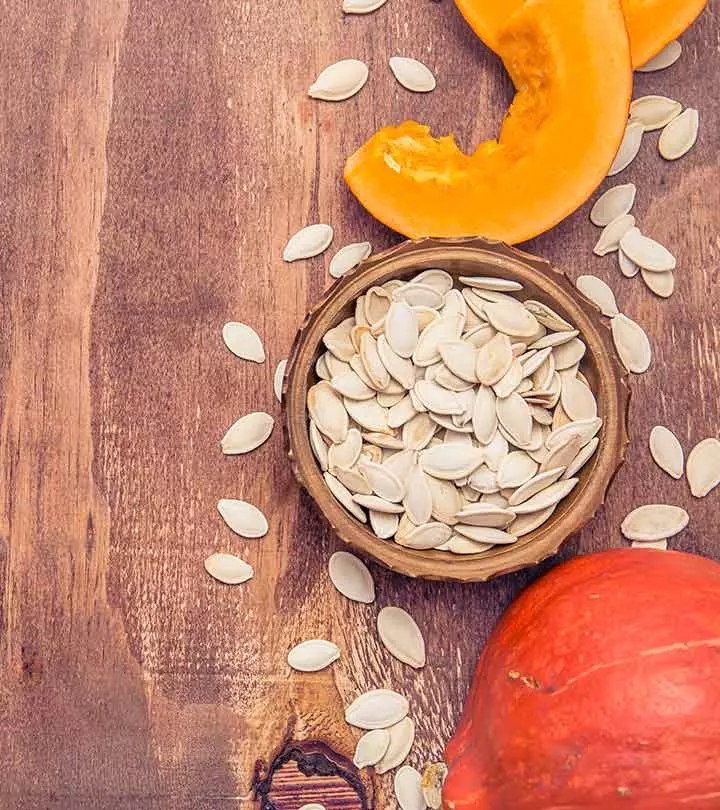
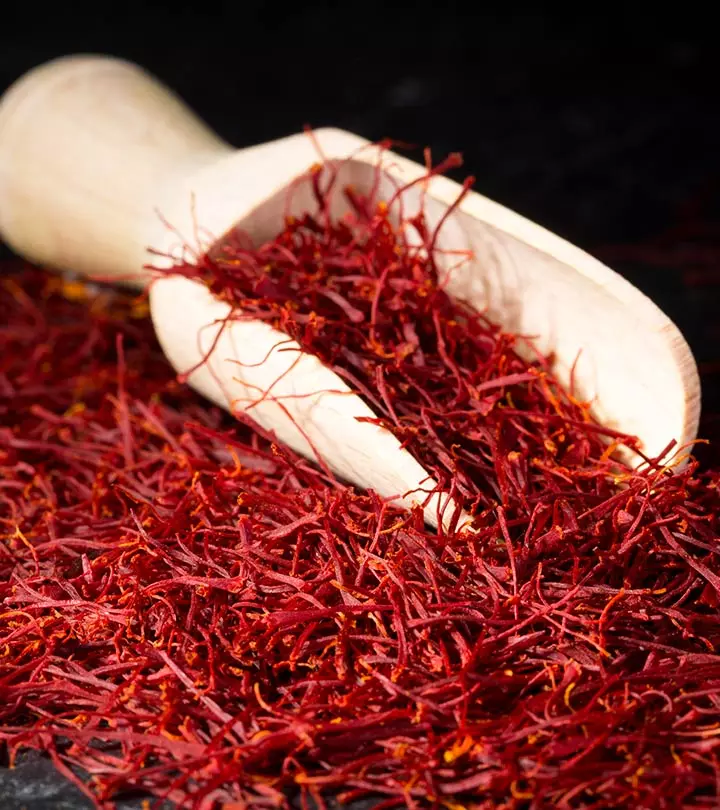
Community Experiences
Join the conversation and become a part of our empowering community! Share your stories, experiences, and insights to connect with other beauty, lifestyle, and health enthusiasts.